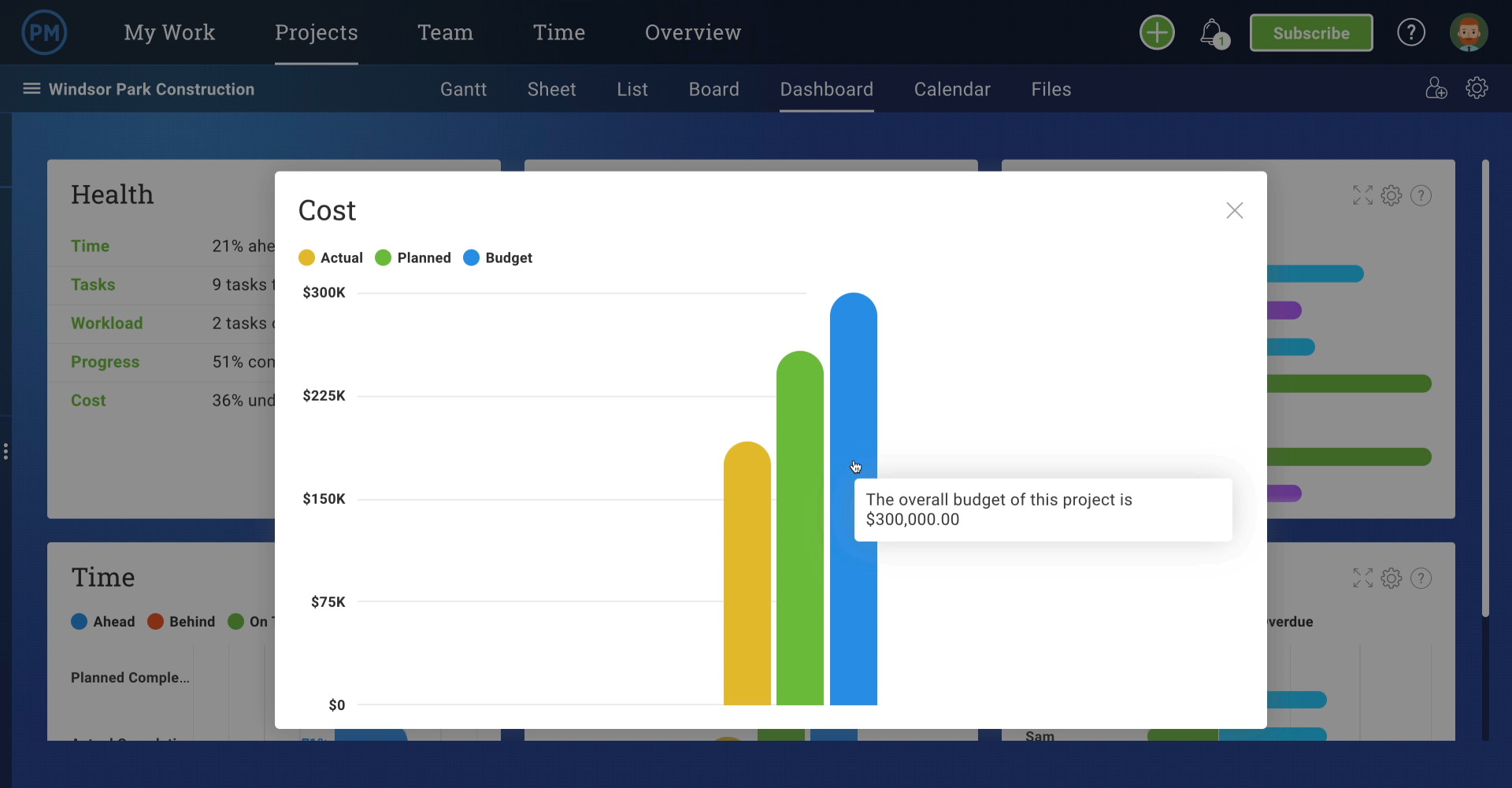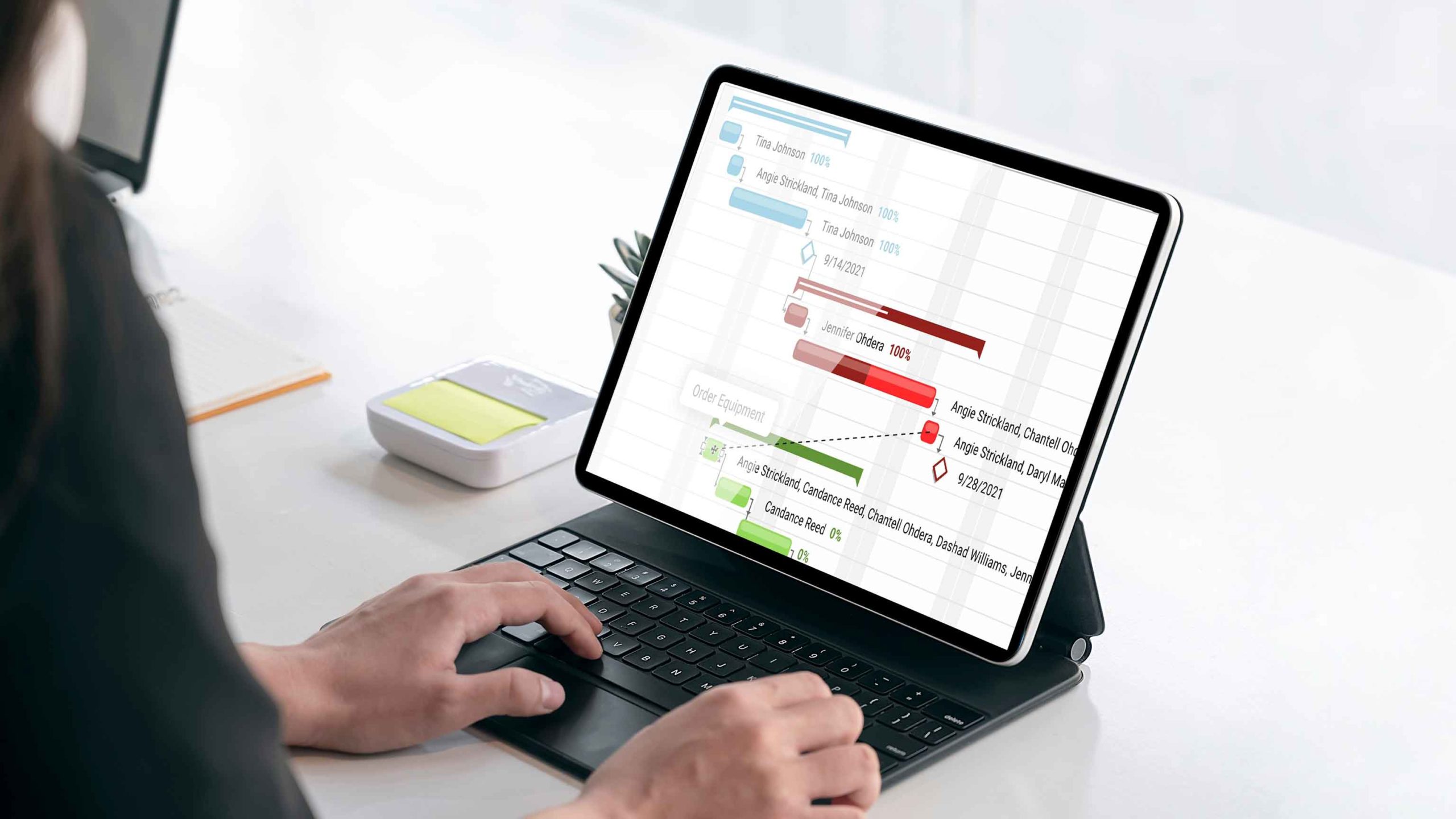Reichel states that the formula to calculate cost variance (CV = EV – AC) is sometimes “expressed as the difference between budgeted cost of work performed and actual cost work performed. If the variance is equal to 0, the project is on budget. If a negative variance is determined, the project is over budget and if the variance is positive the project is under budget” (Reichel, 2006). Cost variance is a critical factor in earned value management, and Quincy Yarbrough goes into a detailed analysis in the article below. Follow the link below to read Yarborough’s article, and then return and leave your impressions in the comment section:

Throughout the life of a project, project managers check in on progress and compare it to the project plan—comparing their predictions to reality. If they don’t do this regularly, odds are the budget will suffer and their project will fail entirely. Luckily, these deviances from the plan, such as cost variance, don’t have to sink a project.
In fact, they can actually strengthen it. The key is spotting them and making adjustments to stay on the right path. One of the best ways to avoid cost overrun is by calculating cost variance.
Understanding Project Costs
All projects cost money, regardless of their size, scope or deliverables. We’ve all heard “there’s no such thing as a free lunch”. The same goes for projects – there’s no such thing as a project without costs. These costs come in many different forms, from the cost of materials to simply the cost of doing business (rent, salaries, etc.). It’s the project manager’s job to take all of these costs into account and create a flexible budget.
…Read More »
The post How to Calculate Cost Variance for a Project (Formula Included) appeared first on ProjectManager.com.
http://dlvr.it/S4grZB
Reichel, C. W. (2006). Earned value management systems (EVMS): “you too can do earned value management” Paper presented at PMI® Global Congress 2006—North America, Seattle, WA. Newtown Square, PA: Project Management Institute.









